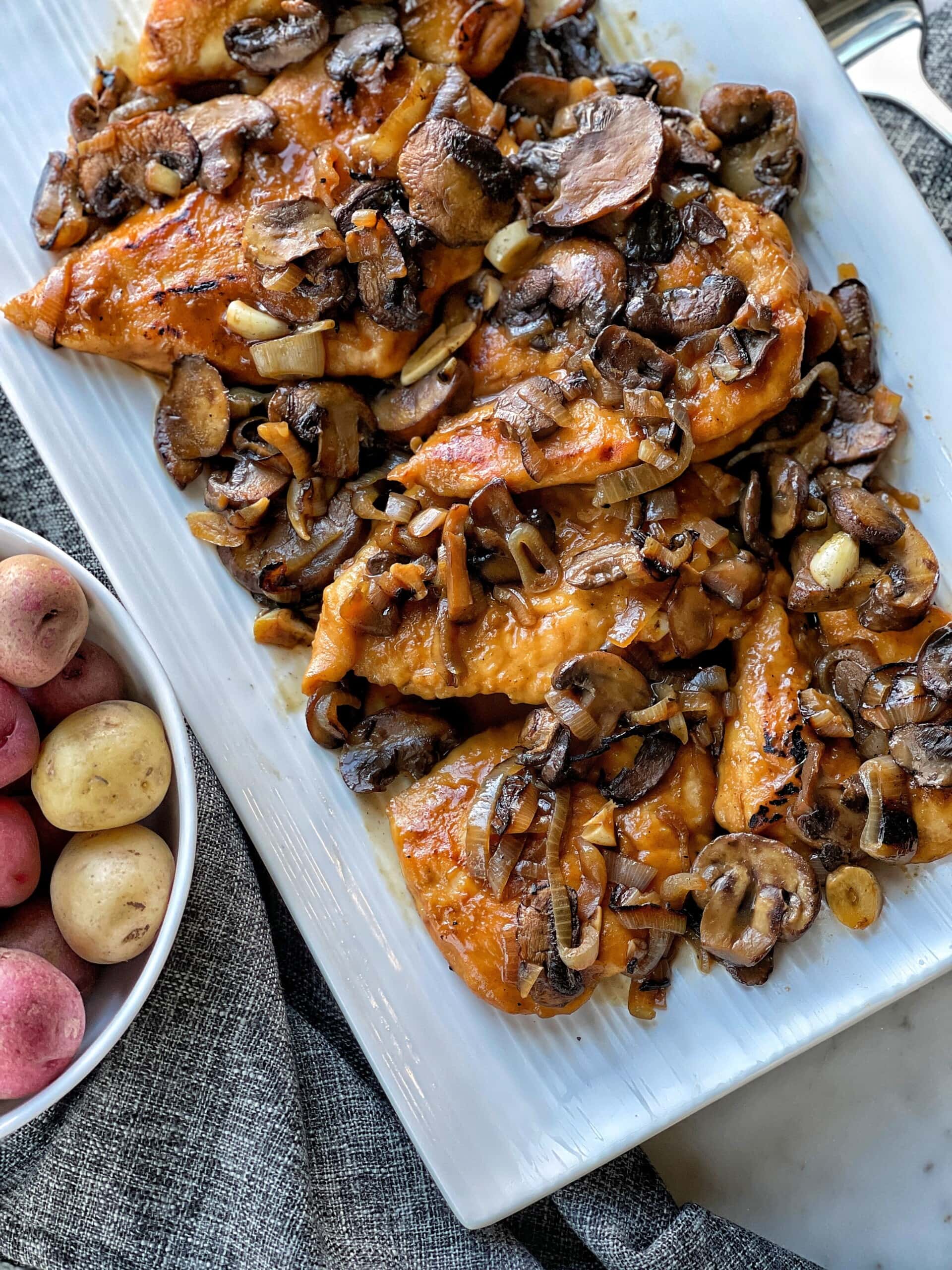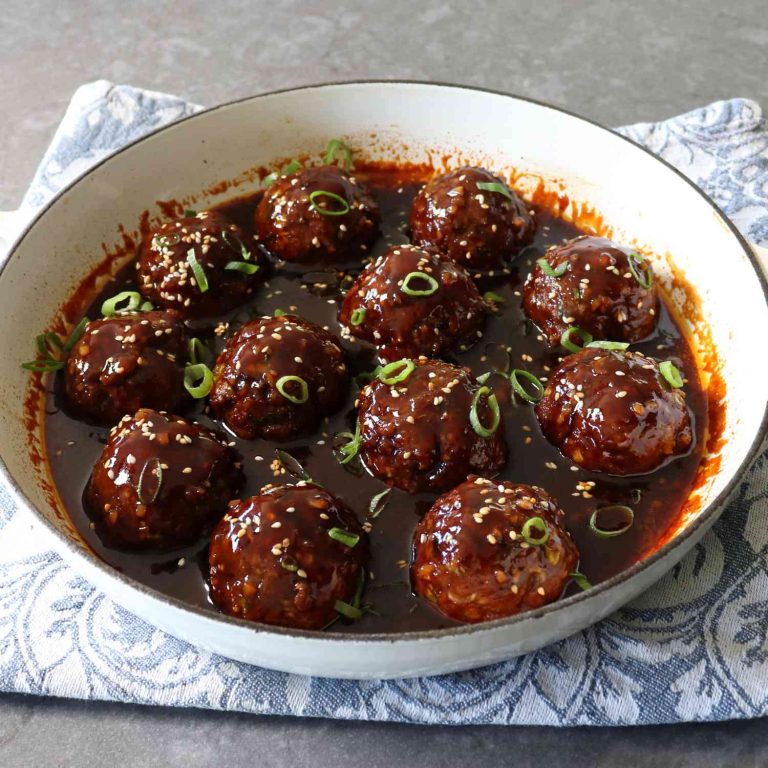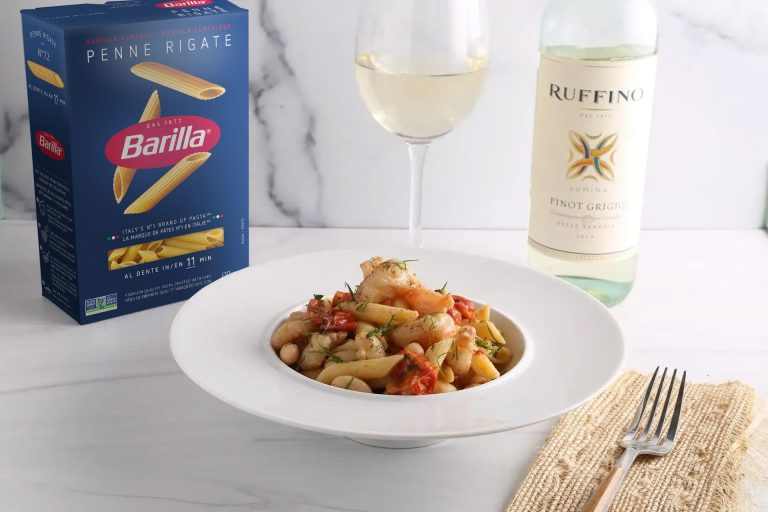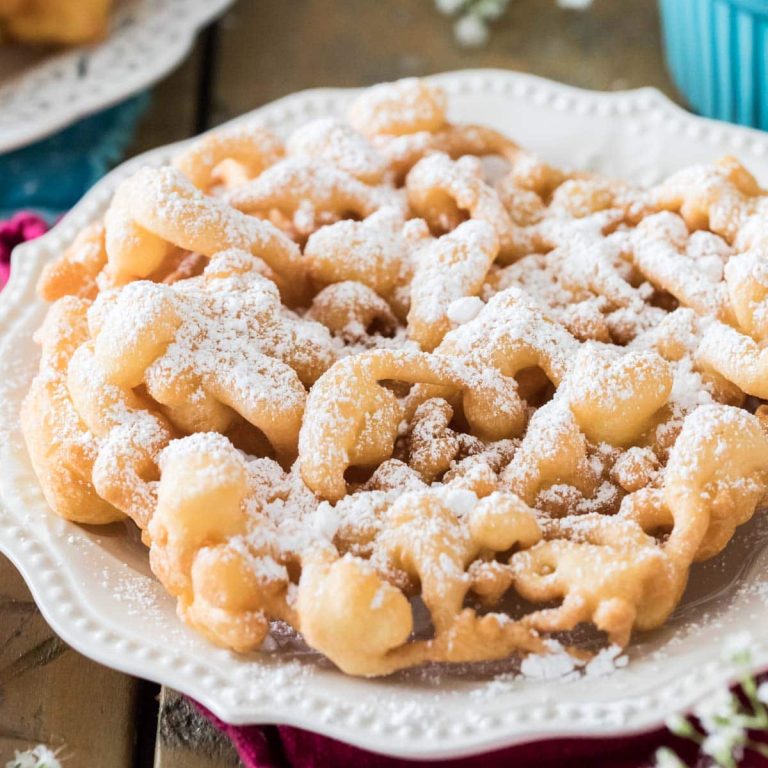Marsala Sauce: History, Recipes, and Perfect Pairings
Marsala sauce traces its origins to the western region of Sicily, Italy. The sauce gets its name from Marsala wine, a fortified wine produced near the city of Marsala. Introduced by English trader John Woodhouse in the late 18th century, Marsala wine quickly gained popularity in domestic and international markets.
Marsala sauce holds cultural importance in Italian cuisine due to its deep connection to regional flavors and ingredients. Traditional Sicilian recipes often incorporate locally produced Marsala wine, signifying the region’s rich gastronomic heritage. The sauce embodies the essence of Sicilian culinary traditions.
Evolution of the Recipe
The Marsala sauce recipe has evolved over centuries to cater to different palates and preferences. Initially, it was a simple reduction of Marsala wine and stock. Cooks then started adding ingredients like mushrooms, shallots, and garlic to enhance its complexity and aroma.
Chefs in various regions began experimenting with dairy inclusions, such as cream or butter, creating a richer texture. This led to the development of Marsala cream sauces, particularly popular in Northern Italy. Modern adaptations of the sauce often incorporate diverse herbs, spices, and sometimes even non-traditional ingredients, reflecting global culinary trends.
Marsala sauce continues to adapt while maintaining its foundational elements of Marsala wine and a few core ingredients, thus preserving its authentic taste amid evolving culinary innovations.
Key Ingredients in Marsala Sauce
Marsala Wine: The Star Component
Marsala wine is the defining ingredient in Marsala sauce. This fortified wine, originating from Sicily, comes in both dry and sweet varieties, allowing flexibility in the sauce’s flavor profile. Typically, dry Marsala wine is used for savory dishes, imparting a rich, caramelized flavor that contrasts with meat or vegetables.
Proteins and Vegetables: Versatile Pairings
Marsala sauce pairs well with various proteins and vegetables, enhancing their natural flavors. Common protein choices include chicken, veal, and pork, while mushrooms, onions, and garlic often feature in the vegetable components. These combinations create a balanced, savory dish that showcases the nuanced flavors of Marsala wine and other core ingredients.
How to Make Marsala Sauce
Step-by-Step Cooking Process
- Gather Ingredients: Prepare 1 cup of dry Marsala wine, 1 cup of chicken broth, 1/2 cup of heavy cream, 1/4 cup of finely chopped shallots, 1 cup of sliced mushrooms, 2 minced garlic cloves, 2 tablespoons of olive oil, and salt and pepper to taste.
- Heat Olive Oil: Heat 2 tablespoons of olive oil in a medium skillet over medium heat. Make sure the oil is hot before adding the shallots.
- Cook Shallots and Garlic: Add the chopped shallots and cook for 2-3 minutes until they are translucent. Add the minced garlic and cook for an additional minute.
- Sauté Mushrooms: Add the sliced mushrooms to the skillet. Cook for 5-7 minutes, or until they turn golden brown. Stir occasionally to ensure even cooking.
- Deglaze with Marsala Wine: Pour in 1 cup of dry Marsala wine to deglaze the pan. Scrape the bottom of the skillet with a wooden spoon to release any browned bits. Cook for 2-3 minutes until the wine reduces by half.
- Add Chicken Broth and Cream: Add 1 cup of chicken broth and 1/2 cup of heavy cream. Stir well to combine all ingredients. Simmer the mixture for 10-15 minutes until the sauce thickens.
- Season to Taste: Add salt and pepper according to your taste preferences. Ensure you taste the sauce as you add the seasoning to get the perfect balance.
- Quality Wine: Use a high-quality dry Marsala wine. Inferior wine can affect the sauce’s depth and richness.
- Fresh Ingredients: Opt for fresh, high-quality mushrooms, shallots, and garlic. Fresh ingredients contribute significantly to the sauce’s overall flavor.
- Proper Reduction: Allow the Marsala wine to reduce properly. This step intensifies the flavor and concentrates the essence of the wine, enhancing the sauce’s taste.
- Consistent Stirring: Stir the sauce continuously while adding the cream and broth. This ensures an even and smooth consistency, preventing lumps.
- Balanced Seasoning: Taste the sauce multiple times during the cooking process. Adjust the salt and pepper levels to achieve a balanced flavor profile.
- Pairing Considerations: Pair the sauce with complementary proteins and vegetables. Chicken, veal, pork, and vegetables like mushrooms and onions work well, highlighting the sauce’s nuances.
Popular Marsala Sauce Recipes
Chicken Marsala
Chicken Marsala is a classic Italian dish known for its tender, flavorful meat paired with rich Marsala sauce. Start by dredging chicken breasts in flour seasoned with salt and pepper. Sauté the chicken in a mixture of butter and olive oil until golden brown, then set it aside. In the same pan, add sliced mushrooms and cook until they release their juices. Deglaze the pan with Marsala wine, scrapping up any browned bits, and let it reduce by half. Return the chicken to the pan and simmer until the sauce thickens. This dish pairs well with pasta, risotto, or mashed potatoes.
Vegetarian Marsala Options
Vegetarian Marsala dishes offer an equally delicious alternative. You could use hearty vegetables or plant-based proteins. Begin by heating olive oil in a pan and adding vegetables like mushrooms, bell peppers, and zucchini. Sauté until tender, then remove and set aside. Add minced garlic and shallots to the pan and cook until fragrant. Pour in Marsala wine and allow it to reduce. Return vegetables to the pan with vegetable broth and simmer until the sauce thickens. Serve over rice, quinoa, or pasta for a satisfying meal.
By integrating Marsala wine in these recipes, you enhance the depth and richness of the flavors. Using quality ingredients ensures the most authentic taste, whether your protein source is chicken or vegetables.
Pairing Marsala Sauce with Dishes
Best Pasta Types for Marsala Sauce
Fettuccine, pappardelle, and tagliatelle work wonderfully with Marsala sauce due to their broad, flat shapes. Their surfaces can hold the rich, creamy texture of the sauce, allowing each bite to deliver a full burst of flavor. Angel hair pasta can also be used but has less capacity to capture the sauce. When choosing pasta, opt for fresh varieties to enhance the overall dish quality.
Other Culinary Pairings
Marsala sauce pairs well with numerous proteins and vegetables. Chicken Marsala is a classic dish where tender chicken breasts meld seamlessly with the sauce’s savory notes. Marsala complements veal, providing a delicate flavor balance. For a vegetarian option, try it with mushrooms, as their earthy taste beautifully aligns with Marsala’s complex profile.
Seafood such as shrimp and scallops can receive an upscale touch when combined with Marsala sauce, adding a depth of flavor often reserved for fine dining. Root vegetables like carrots and parsnips benefit from the sauce’s sweetness, creating a harmonious contrast. Use the sauce with polenta or mashed potatoes to bring a creamy, luxurious element to these sides, enhancing their richness.
Conclusion
Marsala sauce stands out for its rich history and versatility, making it a beloved choice in various culinary traditions. Whether you’re preparing a classic Chicken Marsala or exploring vegetarian options, the key lies in using high-quality Marsala wine and fresh ingredients. This sauce’s ability to pair seamlessly with different proteins, pastas, and sides ensures it can elevate any meal. Embrace the flavors and textures Marsala sauce brings to your kitchen and enjoy the endless possibilities it offers for creating memorable dishes.






